Molise is located in southern Italy, between Puglia and Abruzzo. Established as a wine region in 1963, it is the youngest of the 20 main Italian wine regions. Made of only two provinces, Campobasso and Isernia, Molise is still very undiscovered. The region is very diverse, with the Apennines mountain range, the Adriatic Sea and many nature reserves and parks that safeguard a plethora of animal species. Molise is jokingly known as the “region that does not exist” by its inhabitants. Its visitor offering is extremely vast including ski resorts, medieval castles, archeological sites, wonderful food traditions and an emerging wine industry.
Our Choices from Molise
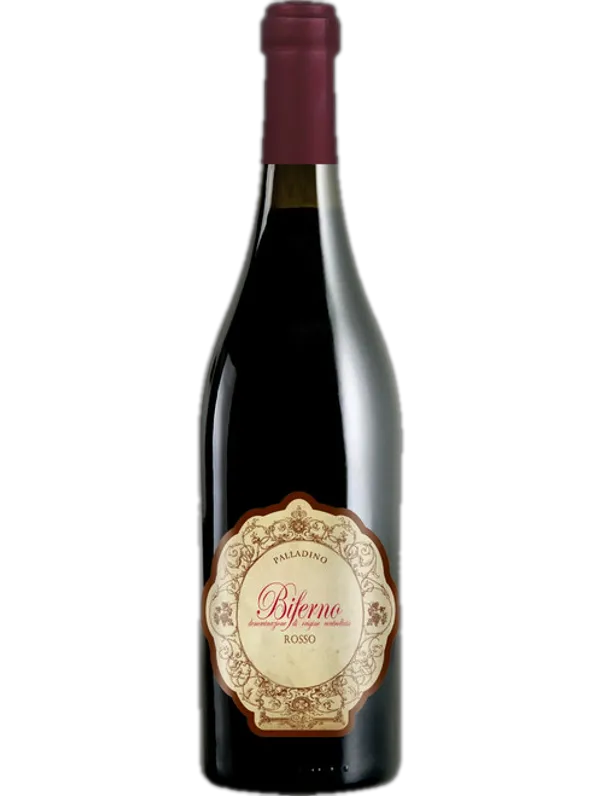
Biferno Rosso DOC
Soft and medium-bodied with a nose of blueberries, cherries, and oak. Enhances with brief aeration; ideal for immediate enjoyment or cellaring for up to 2 years.
Read more
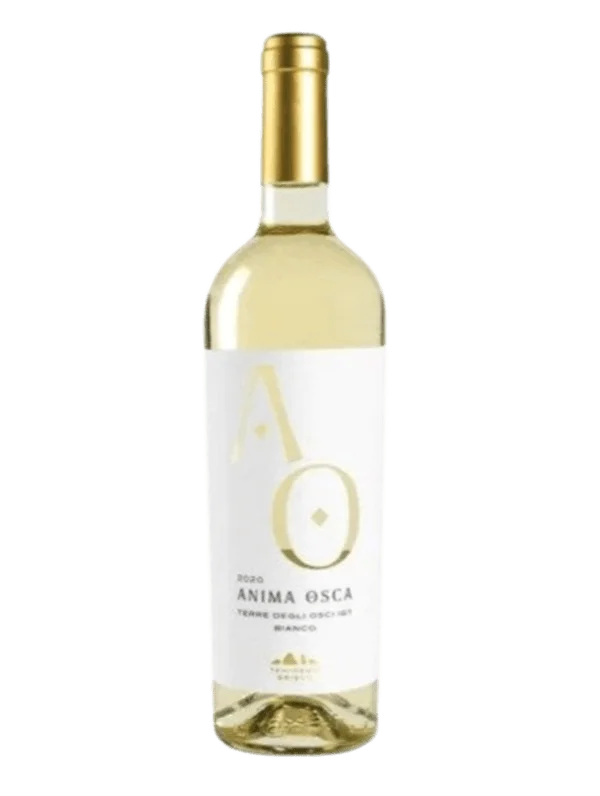
Tenimenti Grieco 'Anima Osca' Bianco, Terre degli Osci
Savor the coastal elegance of Italy in this 2022 Chardonnay. It delights with fruity and floral layers, balanced by a crisp, mineral tang and almond finish.
Read more
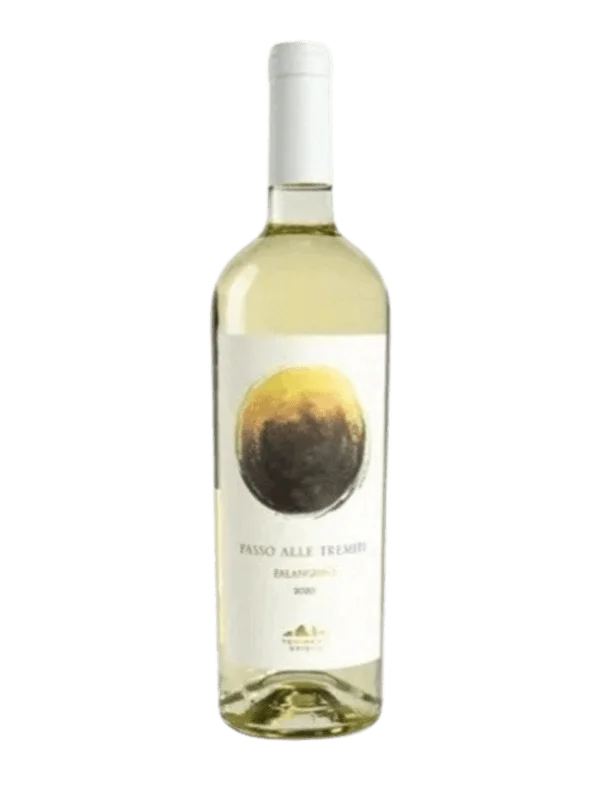
Tenimenti Grieco, 'Passo alle Tremiti', Molise, Falanghina
Experience the 2021 Falanghina, an aromatic dance of floral and herbal essences. With ripe fruit and citrus zest, it culminates in a saline-mineral finish for a fresh twist.
Read more
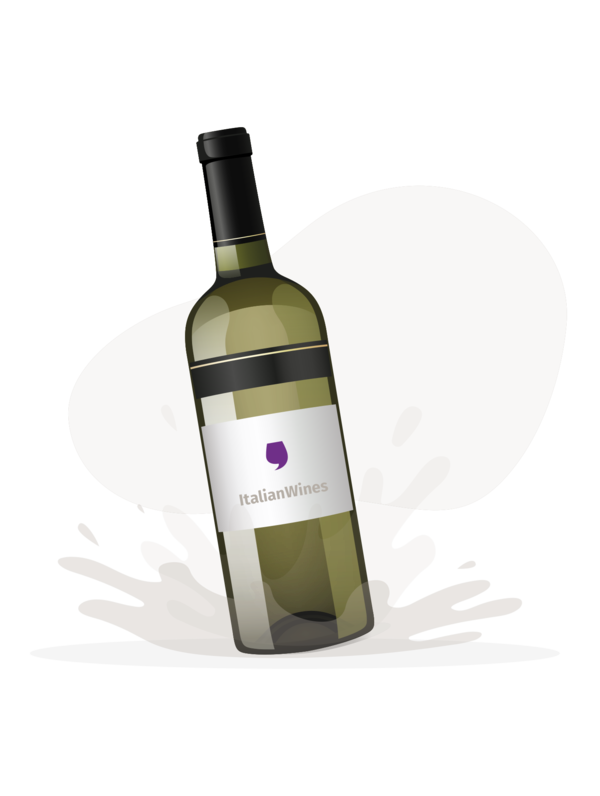
Tenimenti Grieco '200 Metri' Rosso, Tintilia del Molise
Read more
Molise's key Wine Areas
Biferno DOC
This area takes its name from the local river Biferno, and extends from the regional capital, Campobasso, until the Adriatic coast. The climate is strongly influenced by the presence of the nearby mountains, so local regulations impose maximum altitude limits at which to grow the vineyards: 600 meters for the white grapes and 500 meters for the red grapes.
Pentro di Isernia DOC
The name of this area comes from the ancient Pentrer tribe who once lived in Molise. The production of these wines is concentrated on the hills of the Isernia province, in the north of Sannio, and in the area of Agnone, near the Sangro river.
Tintilia del Molise DOC
Tintilia del Molise is the third DOC denomination for the region, approved in 2011, nearly 30 years after the Biferno DOC. Despite covering over 30 local districts, this area produces very limited volumes per year, similarly to the Petro DOC.
Food Parings
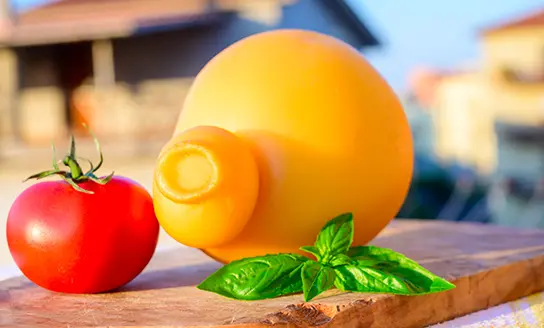
Starter: Caciocavallo farcito
Local stretched-curd cheese made out of sheep's or cow's milk, which is cooked with garlic and chilli before being fried in small balls. Pair it with Greco or Falanghina.
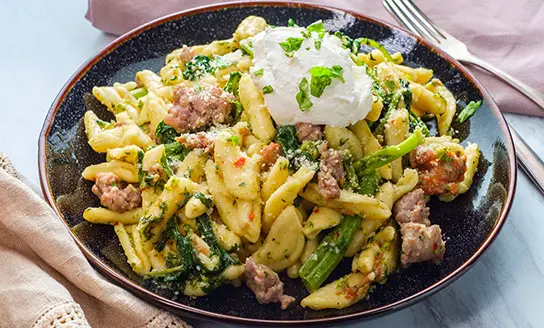
Main course: Cavatelli con broccoli
Artisan handmade pasta, shaped as irregular shells, absorbing as much sauce as possible and often paired local broccoli. Pair it with Fiano.
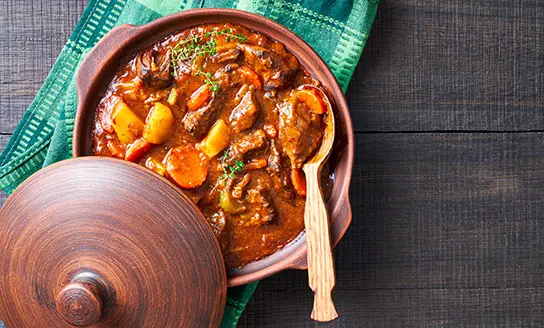
Second course: Spezzatino di pecora
This stew is made with sheep meat, cut into small pieces, and seasoned with tomato, onion, chilies and bread. Pair it with Aglianico or Montepulciano.
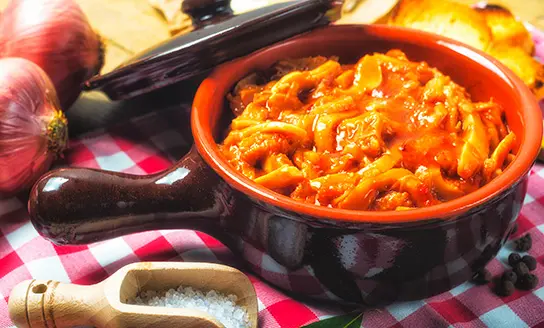
Second course: Veal tripe is cooked with tomatoes, chilli, garlic
Veal tripe is cooked with tomatoes, chilli, garlic and pecorino cheese. Biferno Rosso or Montepulciano will be complimentary.

Dessert: Mostaccioli
Artisan pastries covered in chocolate, mostly eaten during the holiday period. Falanghina Passito (a raisin wine) is the perfect match.
Molise has a strong culinary tradition. Popularly known as a ‘poor cuisine’, its reputation comes from the large usage of local and humble ingredients. Homemade pasta is the star product of the Molisani cuisine, filled with delicious meat-based sauces, made from lamb or goat, and a plethora of fresh vegetables. The region is also famous for its cheese and meats including Caciocavallo and Mozzarella, Sopressata and Ventricina.
FAQS
What wine is Molise known for?
It is said that wine is a direct and sincere expression of its land. This is why Molise wines are increasingly appreciated; they perfectly represent their land. If you are a fan of white wine, we recommend you try local Falanghina or Fiano. These wines are fresh with aromatic flavours. If you prefer red, Molise’s Aglianico and Montepulciano are great picks, especially when paired with meat-based dishes.
What grapes are grown in Molise?
Among the most common red grapes in Molise are Aglianico, Sangiovese and Montepulciano. Common white grapes include Trebbiano Toscano, Bombino and Malvasia.A special mention goes to the Tintilia grape, a native black grape variety of this region.
What is distinctive about Molise’s wines?
Molise’s wine industry has lived under Abruzzo’s shadow for a long time. But the wine production has been growing gradually during the last decade. Molise’s reds are structured with a strong flavour of fruits and flowers, often well structured. White wines are fresh with fruity, nutty and soft aromas.
Which is the best time to visit Molise?
The best time to visit Molise is Spring (May - June) and early Autumn (September - October). Summer is also a good time to discover the beauties of its cities but it is advisable to avoid the hottest months (July - August).
What is unique about Molise compared to other parts of Italy?
Molise is still an unfamiliar region to most tourists. Despite its small size, its offering is extremely vast: beaches, mountains, national parks, castles, medieval towns and ski resorts. It is a region of ancient traditions, still very dependent on its agricultural sector. If you are a foodie, Molise’s cuisine will make you fall in love with Italian food. Fresh pastas, together with a superb selection of cheeses and local meats will be the highlight of your trip!
Want to know it all?
Molise Region in a Nutshell
Total vineyard area:
6,400 hectares (74% red wines, 26% white wines)Number of producers:
4,000Total wine production per year:
319,000 hectolitresNumber of DOCGs:
0Number of DOCs:
3
Molise’s Wine History
The history of this region seems to have started with the Samnites, an Italic population that occupied this land before the Romans. Local museums display archeological records of wine on vases and coins, which confirms that wine was widely consumed by the Samnites tribe. Once the Romans conquered the area, wine productions flourished thanks to their advanced techniques and a high demand for consumption.
In the 20th century, Molise’s land was largely devastated during the first and second world wars, forcing most of its inhabitants to flee abroad (largely to America and Australia) or to other Italian regions. Since then, Molise’s wine industry is still searching for its own identity, often overshadowed by the adjacent regions of Abruzzo and Puglia. Large improvements have been made in the last 20 years, with promising developments across the local wine producers.
Molise’s Viticulture
Molise viticulture has modernised its wine technology in recent years. Biferno and Tintilia DOC wines are of particular quality and are home to many of Molise’s emerging producers. Ancient and traditional farming systems are still widespread in Molise, but they are gradually being replaced with systems more suitable for mechanised viticulture.
Molise’s Top Wineries To Visit
Borgo di Colloredo
Brothers Enrico and Pasquale Di Giulio represent the third generation of passionate winemakers. Enrico is an oenologist while Pasquale is an agronomist technician. Here they cultivate a plethora of high-quality wines: Montepulciano, Aglianico, Greco, Trebbiano, Malvasia, and Falanghina.
Cantine Salvatore
The winery is located in Ururi, a small town on the hills of the lower Molise. The land spreads across 20 hectares of vineyards, as well as olive groves and large portions of arable land. Catine Salvatore’s red wines have had several mentions in the top wine guides of the country, such as Bibenda. Their Tintilia del Molise is worth a special mention.
Claudio Cipressi
Located in San Felice del Molise, Claudio Cipressi was officially certified organic in 2014. The vineyards are cultivated at 600 meters and grapes are hand-picked. Their Tintilia del Molise is the crown jewel of this winery’s production, a must-try for all visitors! The vineyards are cultivated at 600 meters, where the grapes are hand-picked. The various Tintilia del Molise bottles are the crown jewel of this winery’s production, a must-try for all visitors!
Best white wine grapes from Molise
Falanghina:
Delicate on the nose but with a very charismatic and fresh palate.
Fiano:
Dry and harmonic with an intense yellow colour.
Bombino Bianco:
Made from the Bombino grape, this light-bodied wine has a soft and fruity flavour.
Greco Bianco:
Among the finest wines in the region, it is made with at least 85% Greco grapes.
Best red wine grapes from Molise
Aglianico:
Vinous on the nose and intense on the palate. Dry, harmonious and subtle.
Pentro d’Isernia:
Containing at least 75% of Montepulciano grapes this wine has a characteristic aroma.
Tintilia:
A native grape variety with small berries. Warm, herbaceous, fruity and tannic.
Biferno rosso:
Biferno wines resemble Pentro di Isernia but have lower acidity and greater structure.
Montepulciano:
Vinous, fruity, tannic with a very intense ruby red color.
